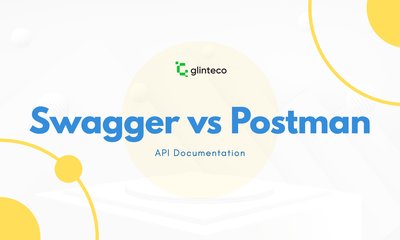How to Refactor Decorator Chains for Clarity
By khoanc, at: May 10, 2025, 7:59 p.m.
Estimated Reading Time: __READING_TIME__ minutes


If you’ve ever debugged a bug five Python decorators deep, you know the pain.
While decorators make your code modular, overuse or poor organization can turn it into a tangled mess. In this post, we’ll go over how to refactor decorator chains for better readability, traceability, and maintainability.
The Problem with Deep Decorator Stacks
Take this real-world example:
@retry
@circuit_breaker
@log
@metrics
@auth_required
def get_invoice_data(invoice_id):
...
This function now:
-
Authenticates
-
Logs
-
Sends metrics
-
Handles retries
-
Has a circuit breaker
But when something breaks? Good luck figuring out which decorator caused it.
Strategy 1: Consolidate with a Composite Decorator
Instead of stacking 5 decorators, group them:
def service_protections(func):
return retry(circuit_breaker(log(metrics(auth_required(func)))))
Or use:
def service_protections(func):
@auth_required
@metrics
@log
@circuit_breaker
@retry
def wrapper(*args, **kwargs):
return func(*args, **kwargs)
return wrapper
Now, your endpoint looks like:
@service_protections
def get_invoice_data(invoice_id): ...
Cleaner, and still flexible.
Strategy 2: Use Class Decorators or Metaclasses
When the same decorators are applied across a class:
class PaymentService:
@log
def pay(self): ...
@log
def refund(self): ...
Use a class decorator:
def log_all_methods(cls):
for name, method in cls.__dict__.items():
if callable(method):
setattr(cls, name, log(method))
return cls
@log_all_methods
class PaymentService:
def pay(self): ...
def refund(self): ...
More scalable and less boilerplate.
Strategy 3: Use Decorators for Intent, Not Infrastructure
Avoid turning decorators into a dumping ground for infrastructure code.
Instead of:
@validate_inputs
@parse_json
@convert_user
@log
@metrics
def handle_request(): ...
Use a request pipeline or framework middleware (FastAPI, Flask, Django middlewares) to offload those responsibilities.
Strategy 4: Clean up Your Decorators
Make them:
-
Explicit in what they return
-
Clear in side effects (e.g., do they log? do they modify args?)
-
Transparent with functools.wraps and logging
Final Advices
-
Decorators should be modular and predictable.
-
Avoid logic that hides or overrides the behavior of the decorated function.
-
Consolidate logic using named composite decorators or class-level abstraction.
-
Profile and test each decorator separately.




